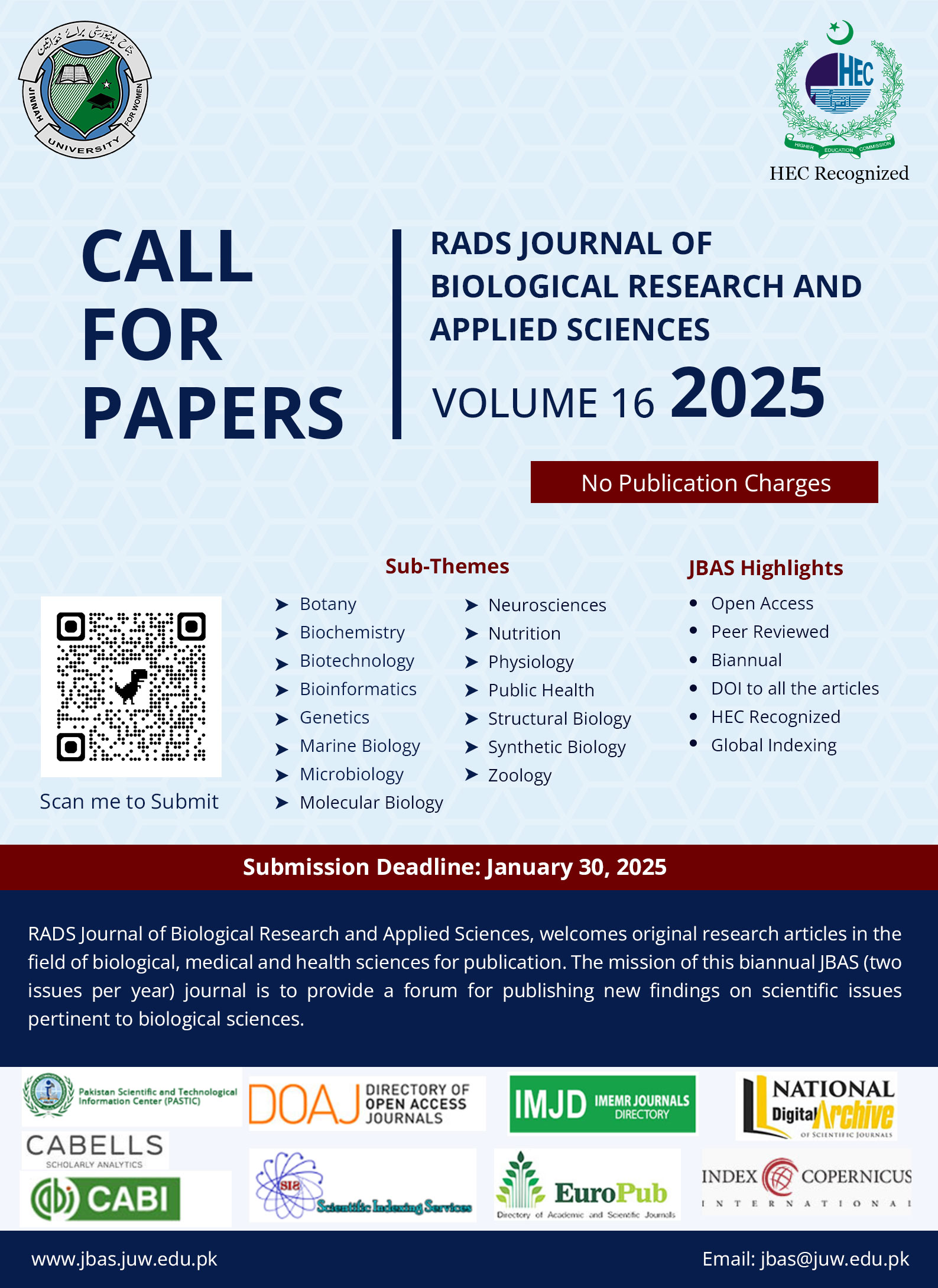Maize Kernal Rot Management: Evaluating the Antifungal Strategies Against Fusarium verticillioides1
Keywords:
Corn disease, Fungus disease, Pesticide, Plant extract, Trichoderma speciesAbstract
Background: Maize is one of the major staple and export crops in several countries. However, many pests and diseases severely reduce its yield. Fusarium verticillioides is a major cause of maize kernel yield loss globally.
Objectives: This research provides practical solutions to Fusarium kernel rot infections via the application of biological, chemical, and botanical agents.
Methods: Three experiments/methods (i.e. biocontrol, chemical, and botanical) were employed to control the kernel rot pathogen in vitro. Each experiment was laid out using a completely randomized design with each treatment being replicated thrice. The data collected included radial growth of the pathogen.
Results: The three experiments yielded the following outcomes. Firstly, the results of the biocontrol experiment revealed that the most effective isolates were Trichoderma harzianum isolate AIPT26, T. virens isolate BGMZ2 followed by T. hamatum isolate ZXPB. Their effects were at par. Secondly, chemical experiment showed that the highest control was from Ridomil (at 50% and 100%), Mancozeb (at 50% and 100%), and Itraconazole (at 50% and 100%). Thirdly, the plant extract experiment revealed that the highest pathogen control was obtained using Ricinus communis (i.e. Castor soap) (at 50% and 100%). The Aframomum melegueta (i.e. Alligator pepper) (at 100%), then Panax ginseng (i.e. Ginseng) (at 100%), A. melegueta (at 50%), and lastly P. ginseng (at 50%) was effective.
Conclusion: All the agents (i.e. biocontrol, chemical, and botanical) were highly successful in inhibiting Fusarium verticillioides. It is recommended that research should continue on integration of these three control measures so as to reduce chemical pesticides usage.
Published
Issue
Section
License
Copyright (c) 2024 RADS Journal of Biological Research & Applied Sciences

This work is licensed under a Creative Commons Attribution-NonCommercial 4.0 International License.

This is an Open Access article distributed under the terms of the Creative Commons Attribution License (http://creativecommons.org/licenses/by/4.0), which permits unrestricted use, distribution, and reproduction in any medium, provided the original work is properly cited.

















